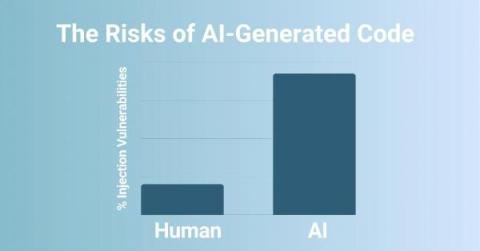Google's Vertex AI Platform Gets Freejacked
The Sysdig Threat Research Team (Sysdig TRT) recently discovered a new Freejacking campaign abusing Google’s Vertex AI platform for cryptomining. Vertex AI is a SaaS, which makes it vulnerable to a number of attacks, such as Freejacking and account takeovers. Freejacking is the act of abusing free services, such as free trials, for financial gain. This freejacking campaign leverages free Coursera courses that provide the attacker with no-cost access to GCP and Vertex AI.










